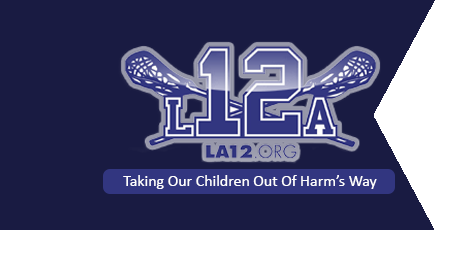Blow to chest can be fatal in child athletes, study finds
Prescreening Young Athletes:
October 11, 2006Doctor, defibrillator bring man back to life after Rye tennis court collapse
January 26, 2007CHICAGO, Illinois (Reuters) -November 13, 2006 – Children who play hockey, football, lacrosse or baseball risk sudden death from a hard blow to the chest even if they are clad in protective gear, researchers said Monday.
Commercially available equipment may not adequately protect young athletes if the chest is hit in a manner that triggers an irregular heartbeat called ventricular fibrillation, according to a study presented at the annual American Heart Association meeting in Chicago.
“If the blow occurs directly over the heart at a particular time in the heart’s cycle, the results can be catastrophic,” said the report’s lead author, Dr. Barry Maron, director of the Hypertrophic Cardiomyopathy Center at the Minneapolis Heart Institute Foundation.
The heart’s electrical activity becomes disordered and its lower chambers contract in a rapid, unsynchronized way, allowing little or no blood to be pumped. Collapse and sudden death can follow unless immediate medical help is provided.
Such a rare but tragic blow can come from a ball, bat, hockey stick, puck or hard contact with another person, according to the study.
Of the 182 cases of ventricular fibrillation tracked by Maron since 1995, 47 percent occurred during practice or competition in organized sports. Thirty-nine percent of the children suffered fatal chest blows despite the presence of protective equipment. Their average age was 15 years.
The remaining 53 percent occurred during recreational sports or normal activities around the home.
Among the athletes were 14 hockey players, 10 football players, six lacrosse players and three baseball catchers. In 23 of the deaths, padding did not cover the chest at the time of the blows, and 10 deaths occurred when projectiles directly struck the chest protector.
The athletes wore standard, commercially available chest barriers made of polymer foam covered by fabric or a hard shell.
Further research conducted at the New England Medical Center and Tufts University School of Medicine in Boston, Massachusetts, found ventricular fibrillation could be caused by a baseball moving 30 mph, but only if impact occurred directly over the heart during a 20-millisecond window when the lower heart chambers are relaxed.
The findings indicate a need for better chest protection to make the athletic field safer for young participants, Maron said.
Those involved with youth sports also must be taught to recognize when a child has suffered the potentially deadly heart rhythm — known as commotio cordis — so that prompt resuscitation and defibrillation can occur, he said.
“Hopefully, these data will represent a stimulus for developing a truly effective chest barrier that will be absolutely protective against the risk of these commotio cordis catastrophes,” he said.
Copyright 2006 Reuters. All rights reserved.This material may not be published, broadcast, rewritten, or redistributed

